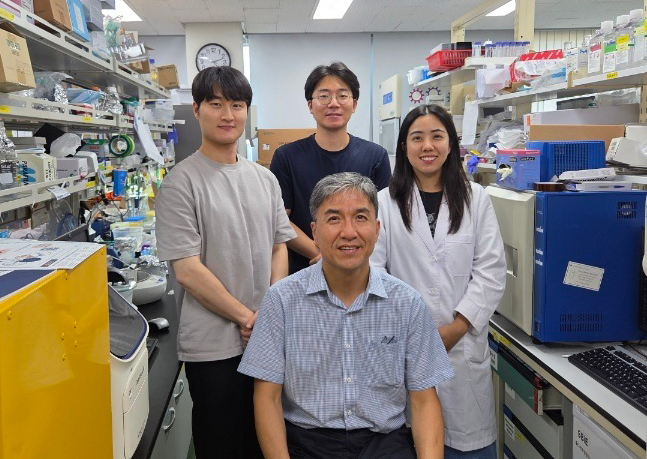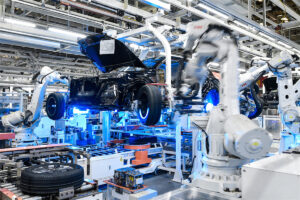
Controlling the state of a cell in a desired direction is a central challenge in life sciences, impacting fields such as drug development, cancer treatment, and regenerative medicine. Recognizing this, researchers at the Korea Advanced Institute of Science and Technology (KAIST) have developed an innovative AI technology that models cell-drug interactions in a modular “Lego block” manner. This breakthrough allows for the prediction of new cell-drug reactions and the effects of genetic perturbations.
On October 16, KAIST announced that a research team led by Professor Kwang-Hyun Cho from the Department of Bio and Brain Engineering has developed a generative AI-based technology. This technology is capable of identifying drugs and genetic targets that can guide cells toward a desired state. The development marks a significant advancement in the field, offering a new method to tackle the complex challenge of cell manipulation.
Revolutionizing Cell Manipulation with AI
The concept of “latent space,” an invisible mathematical map used by image-generating AI, plays a crucial role in this development. The research team successfully separated representations of cell states and drug effects within this space, allowing them to recombine these elements to predict reactions of untested cell-drug combinations. This approach was further extended to predict changes in a cell’s state when specific genes are regulated.
Validation of this innovative approach was achieved using real experimental data. The AI identified molecular targets capable of reverting colorectal cancer cells to a normal-like state, a finding later confirmed through cell experiments. This validation underscores the potential of the technology beyond cancer treatment, serving as a platform for predicting various untrained cell-state transitions and drug responses.
Implications for Drug Discovery and Regenerative Medicine
This technology provides a powerful tool for designing methods to induce desired cell-state changes. It is expected to have broad applications in drug discovery, cancer therapy, and regenerative medicine, such as restoring damaged cells to a healthy state.
Professor Kwang-Hyun Cho explained, “Inspired by image-generation AI, we applied the concept of a ‘direction vector,’ an idea that allows us to transform cells in a desired direction.” He added, “This technology enables quantitative analysis of how specific drugs or genes affect cells and even predicts previously unknown reactions, making it a highly generalizable AI framework.”
“This finding demonstrates that the method is not limited to cancer treatment—it serves as a general platform capable of predicting various untrained cell-state transitions and drug responses.”
Research Collaboration and Future Prospects
The study was conducted with contributions from Dr. Younghyun Han, Ph.D. candidate Hyunjin Kim, and Dr. Chun-Kyung Lee of KAIST. The research findings were published online in Cell Systems, a journal by Cell Press, on October 15. The paper, titled “Identifying an Optimal Perturbation to Induce a Desired Cell State by Generative Deep Learning,” highlights the innovative nature of this research.
The study received support from the National Research Foundation of Korea (NRF) through the Ministry of Science and ICT’s Mid-Career Researcher Program and the Basic Research Laboratory (BRL) Program. This backing underscores the importance of the research in advancing the scientific community’s understanding of cell manipulation.
As the technology continues to develop, its implications for the future of medicine are vast. By providing a framework for predicting cell-drug interactions and genetic perturbations, this AI technology could revolutionize personalized medicine, offering tailored treatments for complex diseases and conditions.
The announcement from KAIST represents a significant step forward in the intersection of AI and life sciences, promising to open new avenues for research and application in the years to come.






